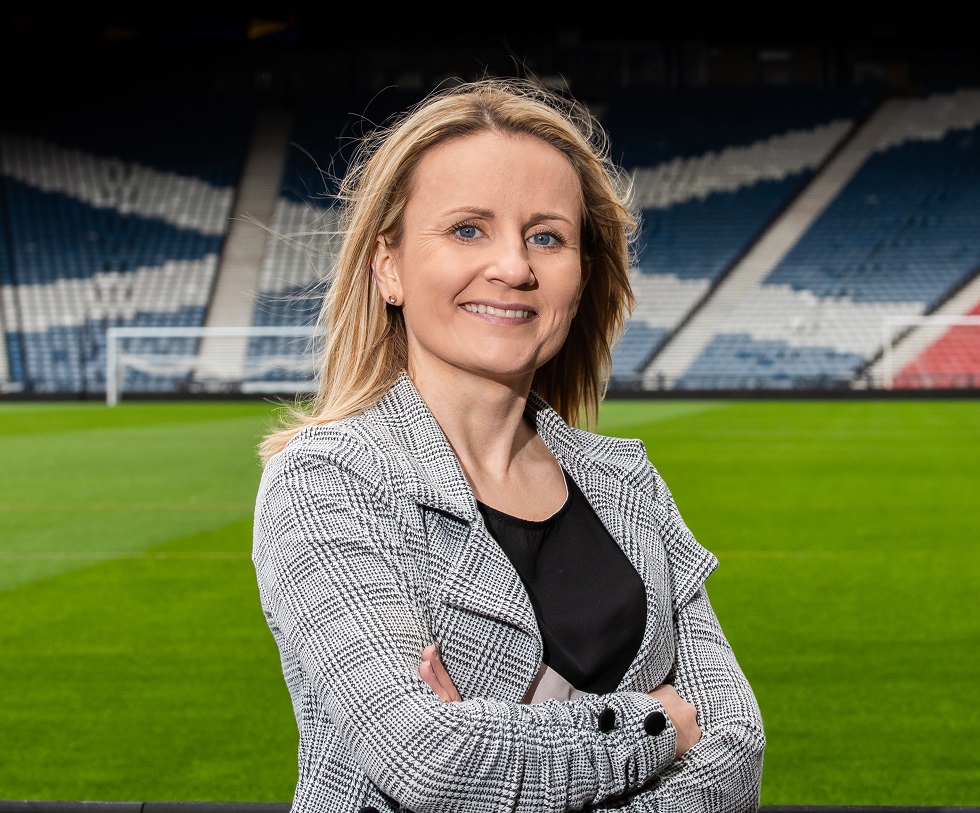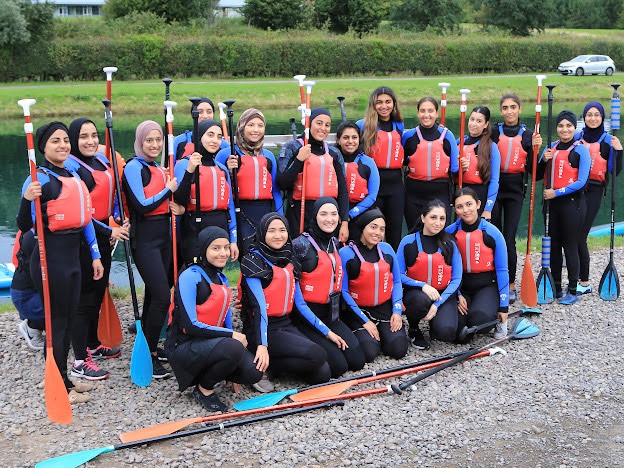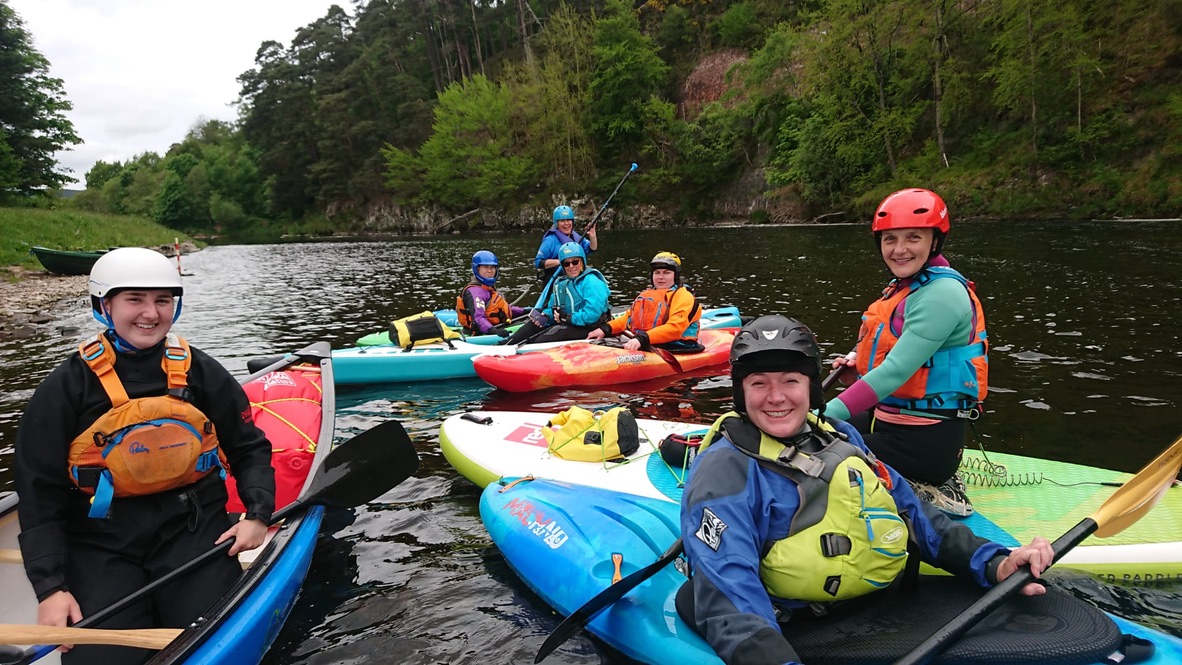She grew up kicking a ball around her garden like so many other aspiring footballers. While some of her peers went on to represent Scotland at European Championships and World Cups, Fiona McIntyre chose her own path and became a role model off the pitch.
With the same blend of determination and skill as the players who have represented Scotland on the world stage, Fiona built a career as a sports leader, combining her management skills with her passion for the development of women’s football.
After several years at the helm of Scottish Women’s Football, she was recently appointed head of girls’ and women’s football at the Scottish Football Association.
We invited Fiona to chart her journey and identify the key milestones that took her from grass roots all the way to Hampden Park.
Did you grow up in a sporty environment? What are your early recollections?
Yes, I remember playing football from a really young age in the playground at primary school and in my back garden with my brother (who was a goalkeeper so thankfully happy to go in goals so I could practise shooting!). We built a set of goals in the back garden of our house in Ardrossan so we could play football every day.
I remember practising keepie-ups for hours and hours and trying to beat my record. As I got a bit older I played at the local park and the game was dictated by the numbers – if there were a lot of us it was five- or six-a-side, otherwise it was World Cuppy or Headers and Volleys.
It was all boys most of the time, but as I got older, my best friend also played football so I wasn’t so outnumbered.
How was your experience of sport in school, in the community and at university?
I liked PE at school and enjoyed taking part in all the different activities, but football was the one for me and I played every opportunity I got At the age of eight I joined Largs Football Club , 20 minutes along the coast. Jo Love was there at that time so it’s been brilliant to see her go on and do so well at club and national level.
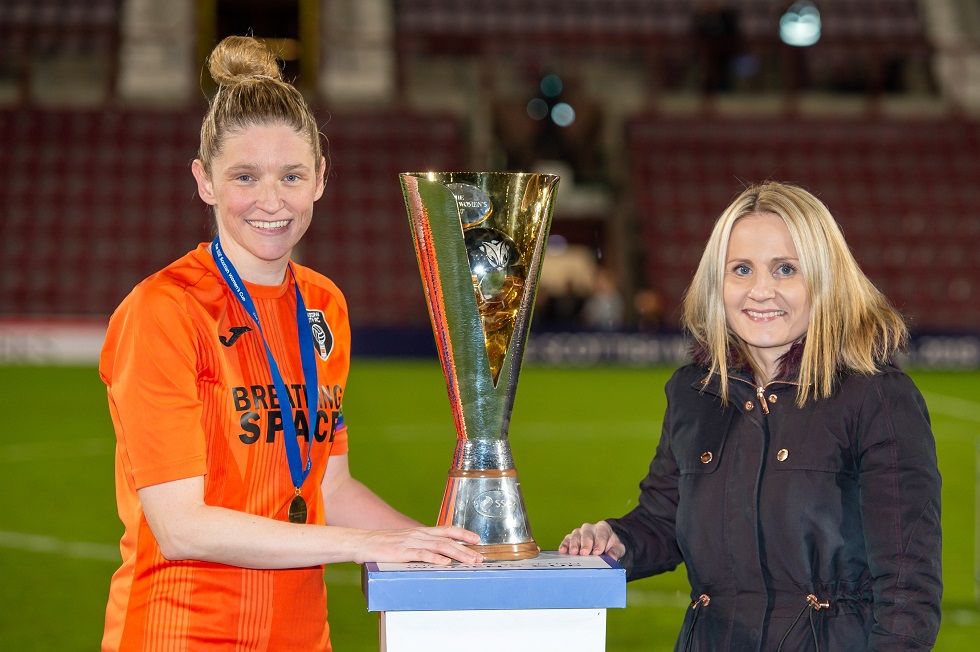 We trained on a Saturday morning at 9am and at that time there was limited activity in terms of matches. For the first two years I was there, we played in just two tournaments each summer but one of my best memories was the UK Reebok 5s Tournament in 1996. I was 12 and we travelled to Bolton and played in the city centre square in front of what seemed like loads of people, and Sky Sports filmed the event.
We trained on a Saturday morning at 9am and at that time there was limited activity in terms of matches. For the first two years I was there, we played in just two tournaments each summer but one of my best memories was the UK Reebok 5s Tournament in 1996. I was 12 and we travelled to Bolton and played in the city centre square in front of what seemed like loads of people, and Sky Sports filmed the event.
We won and I scored in the final. Andy Cole, the Manchester United and England striker, presented our medals and he congratulated me on my goal.
I still remember it now, which goes to show you the impact role models have on young people and the importance of having positive role models in sport.
Around this time, my best friend and I had started a team at our secondary school, Ardrossan Academy, and it was really popular, even with girls who had never played before.
I was the first girl to do football as part of my Higher PE. At that time I was playing with Kilmarnock FC and involved in Scottish FA elite squads, so I was training all the time without realising it – I also won the school cross-country championship. At Kilmarnock we had a brilliant team and I played on Saturdays and Sundays.
At 17 I left home to study at the University of Stirling and was really fortunate that the year I joined, there was a group of us who had all played club football. My strike partner was Leanne Ross (pictured above), so I regularly take credit for all the success she has had as player!
We still have a uni WhatsApp group now and we keep in touch. It was a brilliant time and I made friends for life through the university football team – there was a huge social element to it and the camaraderie and friendship continues to this day.
What were the key steps in you embarking on a career in sport?
I didn’t know exactly what I wanted to do but I knew I loved sport and wanted to work in sport. That was reflected in my options at school and my choice of university and course (Sports Studies).
On leaving University I undertook a number of voluntary roles, including Street Football in Aberdeen, and started working as an administrator at the Grampian Institute of Sport.
From there I was invited to join the Aberdeen University Sport Team and eventually transferred over to Aberdeen Sports Village (ASV) as events manager.
One minute I was organising an international water polo event and the next it was athletics or volleyball.
For me, it is so important that you showcase the very best of yourself. Working at ASV enabled me to do that, to build relationships with sports and partners which helped me enhance my reputation as someone who was respected within the industry.
What drove you to get involved with Scottish Women’s Football (SWF), initially as a volunteer?
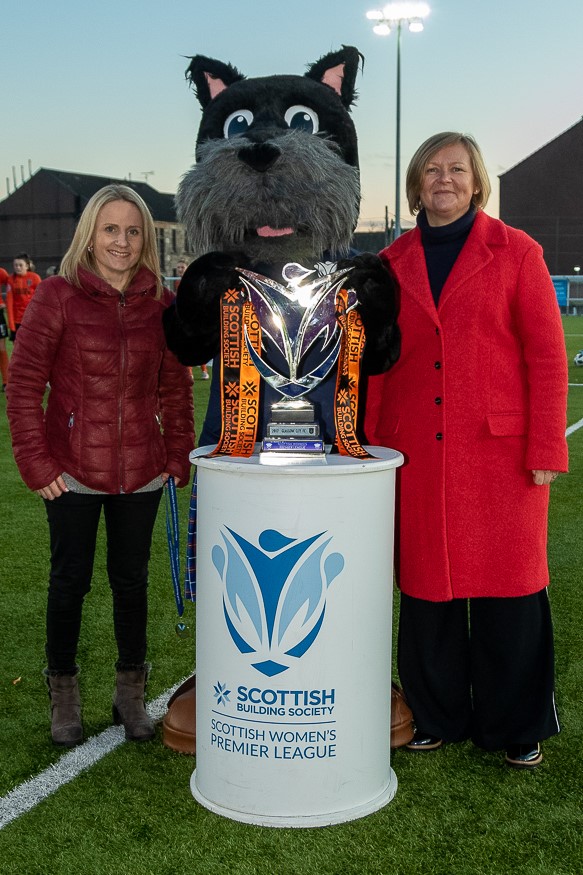 My role within SWF resulted, in part, from the work I had done at ASV. We had hosted the Cameroon Olympic team for a camp prior to the London 2012 Olympic Games and as part of that I had organised a fixture between Cameroon and the Scottish women’s national team.
My role within SWF resulted, in part, from the work I had done at ASV. We had hosted the Cameroon Olympic team for a camp prior to the London 2012 Olympic Games and as part of that I had organised a fixture between Cameroon and the Scottish women’s national team.
I had also supported the delivery of a youth international tournament as well as hosting the men’s A squad training camp. Through these events I built up good relationships with the Scottish FA.
In 2014, Scottish Women’s Football underwent a restructure and looked to recruit new board members to help drive forward the domestic game. Sheila Begbie was the head of girls’ and women’s football at the time for the Scottish FA and asked me to come to Glasgow to hear more about the plans for SWF.
My playing days had ended due to injury and it was a great opportunity for me to stay connected to the game and to help drive it forward.
I knew I wanted to be part of it straight away and I was elected to the board in 2014 as the strong quality growth director. It became like a second job and I also represented SWF on the Scottish FA’s Non-Professional Game Board and Congress.
Over the next few years the game developed and evolved significantly and the board agreed we needed to invest in more dedicated staff and a day-to-day leader for the organisation. In 2017 I was employed as SWF’s first executive officer.
Talk us through the growth of women’s football in recent years, and how you feel about it?
The growth has been incredible and it makes me feel so happy to see the number of young girls and women playing football in Scotland. When I look back to when I first got involved with the SWF board in 2014, the game has changed beyond recognition.
The number of girls playing has doubled, and a huge part of that growth is the regional U7/U9/U11 activities and festivals which were established by club development officers.
There are more youth leagues and the development of the National Performance Leagues has allowed players of all abilities to play in fun and competitive environments.
At senior level, the league restructure has created a clear performance pathway as well as a regional format for players and teams who want to play in a more local environment.
The national team’s success in qualifying for the Euros in 2017 and World Cup in 2019 has had a huge influence on the visibility of the game and people’s perceptions of it.
It is so important that we give young girls positive female role models to look up to and the national team has a huge role to play in that.
We are also seeing a difference in the demand for the game from spectators – prior to the Coronavirus (COVID-19) pandemic we had record crowds at the Scottish Cup Final at Tynecastle and the national team played in front of over 18,000 people at Hampden.
Despite COVID, the game has managed to stay visible through excellent partnerships, for both the league and national team, with BBC Alba and BBC Scotland – and there is more women’s football than ever available on TV and online.
The most exciting part is there is still so much potential for growth, and that’s something that I am really proud to be part of.
What do you hope to achieve as head of girls’ and women’s football at the Scottish FA?
My role at the Scottish FA is a privileged one and every day I am conscious of the responsibility that comes with that. It’s about leading on the growth and development of girls’ and women’s football in Scotland.
A big part of my role is to work with clubs, development officers and local partners to grow the number of girls and women playing football. We work together to deliver new participation opportunities while supporting coaches, officials and volunteers.
The headline performance target is for our national team to qualify for major tournaments and my role is to continually review and support the delivery of our performance programmes to ensure we provide a pipeline of young talent that can perform on the world stage. I will continue to work with SWF to help support the development of competitions.
One of the areas of focus is to review the governance model of women’s football to ensure it is appropriately represented within the Scottish FA. Another target is to accelerate the growth of our elite performance leagues through supporting the increasing professionalisation and commercialisation we have seen in recent years. 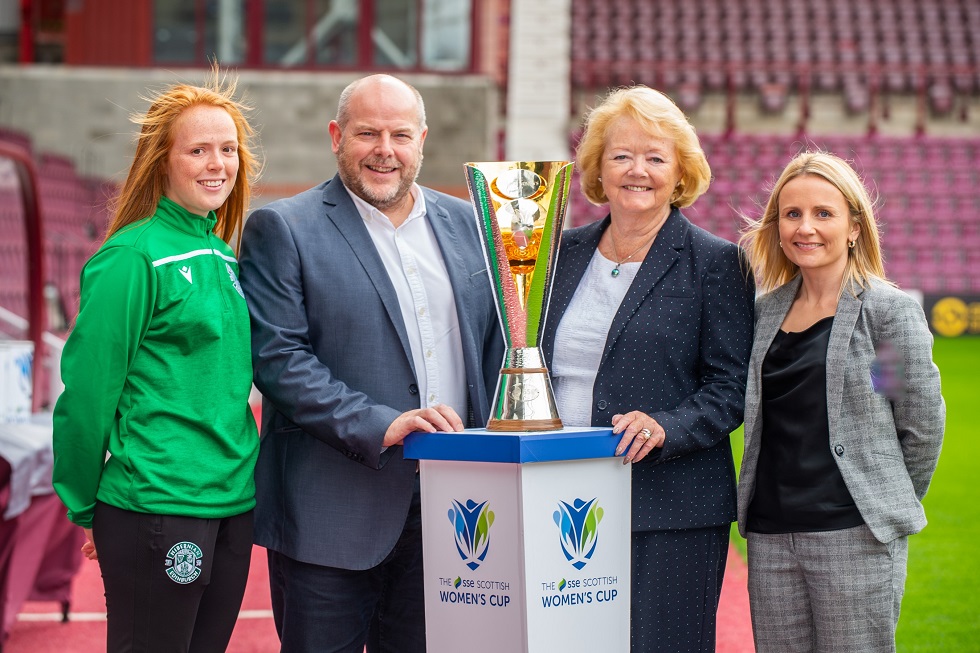
I hope we can continue to improve the visibility of our game and ensure it is accessible and attractive to anyone who wants to become involved as a player, coach, official or volunteer.
As you can see, my remit is broad and varied, which is one of the things I really enjoy about the role.
Who are your sporting role models?
I have been asked this question a few times and I always feel like I should mention female footballers but the truth is there weren’t many visible female sporting role models when I was growing up, so most of my role models were male footballers or athletes.
I watched every football game I could and loved Football Italia – one of my favourite players was Gabriel Batistuta. I loved watching strikers or creative players as that was where I played, so some of my other role models growing up were Mark Walters, Gianfranco Zola and Romario.
My first female role model was Julie Fleeting, as I remember hearing that she was going to America to play football professionally and thinking that was really cool and something I wanted to do.
She was also from Ayrshire so it definitely gave me a sense that this was possible. Thankfully now there are so many female role models across sport and football in particular. I have two young girls myself, so it is nice to see them growing up in a world where female sport is more visible.
What would you say to a young person looking to embark on a career in sport?
I would encourage them to go for it and try to get as many different experiences as possible. It is OK to not know exactly what you want to do and you might try to be a coach, referee, analyst, videographer, committee member or development officer before you are sure which area in sport you want to pursue.
There are many volunteering opportunities in local sports clubs, so that is a great starting point for anyone looking for experience working in sport.
Find out more
Visit the Scottish FA website and discover the girls’ & women’s player pathway

